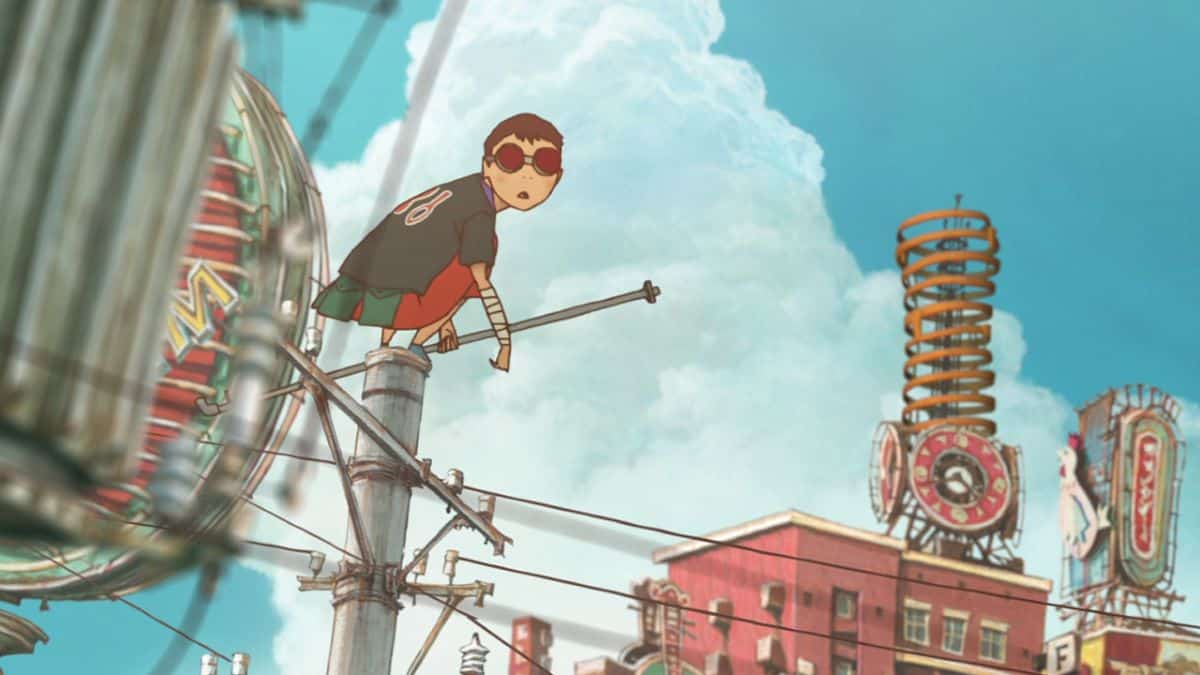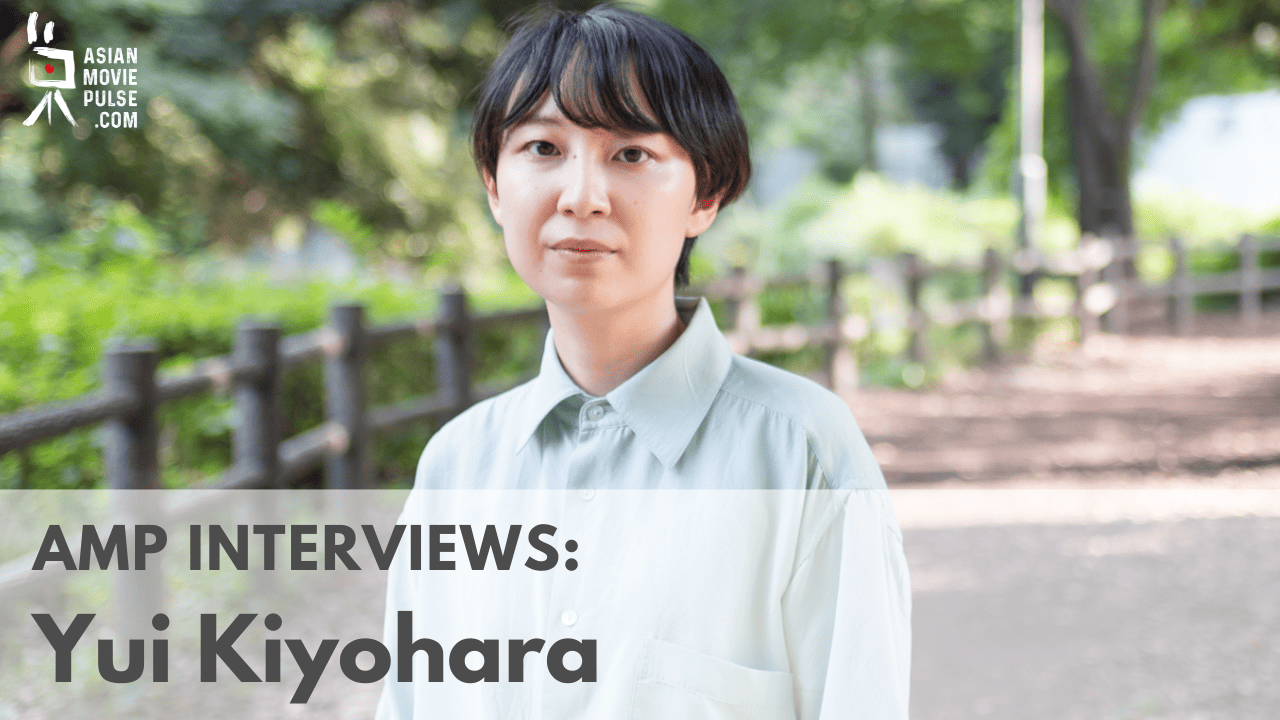7. Locke the Superman (1984) by Noboru Ishiguro

Basing the script on Yuki Hijiri's manga, Noboru Ishiguro presents an action-based, quite violent title, which essentially pits a “Superman” type of being against a cult, with the ways the ESPers are trained from childhood and exploited for Lady Kahn's plans being particularly despicable, essentially establishing her as a truly appalling villain. These aspects, of the unwilling hero going against a power that seems undefeatable are quite common in the anime industry, but at the same time, “Locke” features a number of elements that make it stand out. For starters, the concept of love and the way it clashes with the brain washing Amelia has undergone is excellently portrayed, with the scene when she meets Locke for the first time being one of the most dramatic, and most memorable in the film. At the same time, that the sentiment eventually applies to the protagonist and that its result is of the unrequited tyoe, is also greatly implemented in the narrative, inducing the film with a sense of melancholy that finds its apogee in the finale.
8. Legend of the Galactic Heroes: Die Neue These Second (2019) by Shunsuke Tada

As Reinhard emerges as the main protagonist here, a second feud begins to shape, between Oberstein, a cruel genius of a man who cares for no casualties in the face of achieving his goal, and Sigfried, who wants his best friend to achieve his goal, retaining, though, his compassion and honor. As the events become more and more dire, Reinhard's decisions essentially become the battlefield of the two, with the winner at the end of the season being highlighted in the most dramatic and shocking fashion. At the same time, Reinhard's perfection eventually crumbles, with him presenting a face he had not before, as he seems not to be able to handle provocation in particular ways, in an event that does not pass unnoticed by his subordinates.
9. Black Lagoon (2006, 2011) by Sunao Katabuchi

Despite this obvious trait, though, the element that makes the series stand truly out is the character analysis and the interactions between both the main protagonists and the secondary ones. Rock's role, for example, is a rather interesting one, as he tries to find a path for himself, or even better, open one, with each part of the anime resulting in a new direction for him. In the first, he realizes that he can no longer follow the path of light, in his case meaning being a loyal, hardworking, lawful salaryman. In the second, he realizes that his place is in the twilight, somewhere between the light of his past life and the dark of Roanapur, while in the last, he finally succumbs to the darkness before he finally opens a new kind of path towards the light.
10. Tekkonkinkreet (2006) by Michael Arias

“Tekkonkinkreet” is a visual feast, with so much constantly going on the screen and a mish-mash of different influences cobbled together. Starting with the manga, this works with the source material for elements of its design, with the same messy, sketchbook style seen in Matsumoto's manga, including “Ping Pong” and Masaaki Yuasa's anime adaptation. (Andrew Thayne)













